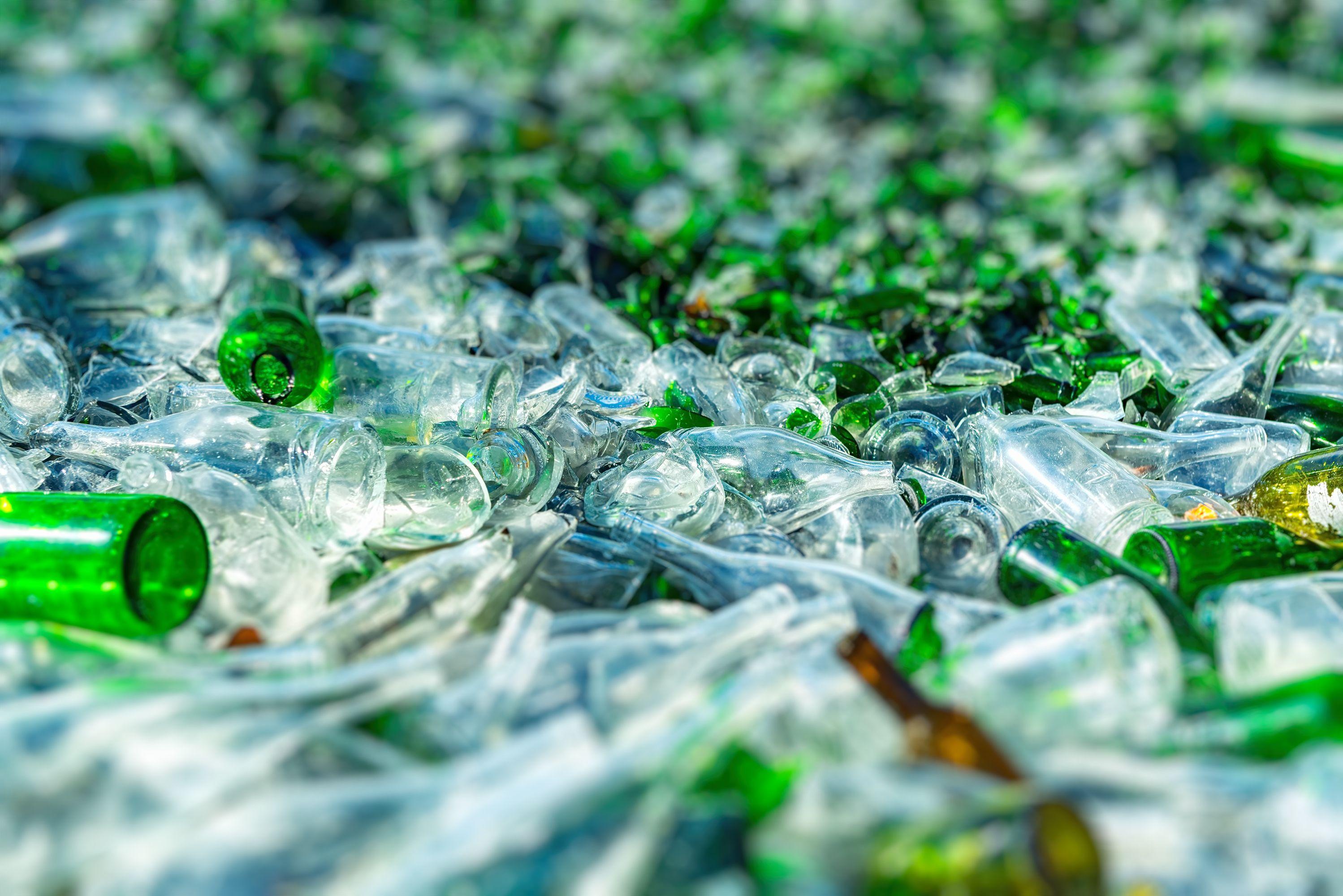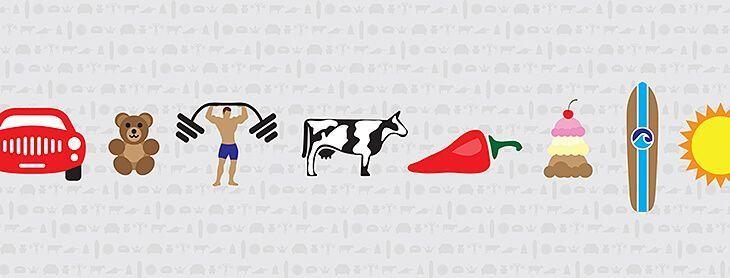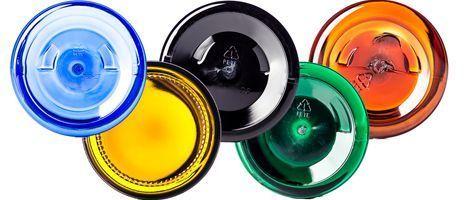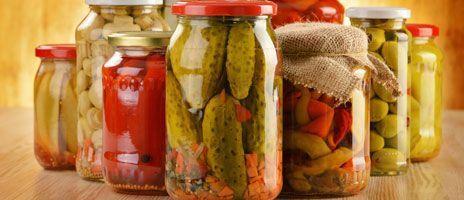The Environmental Benefits of Glass Bottle Packaging


When it comes to making sustainable choices in packaging, glass bottles are the ultimate eco-friendly powerhouse. As industries and consumers become increasingly conscious of their environmental impact, understanding the advantages of glass bottle packaging is more important than ever. So, why should you consider glass over other materials? Let’s explore how this timeless material is leading the charge in reducing waste, conserving resources, and promoting a healthier planet.
Why Glass Packaging Stands Out
Glass has been a packaging staple for centuries, and for good reason. Unlike many other materials, it’s endlessly recyclable without losing quality or purity. This means your old jam jar could one day become a sleek wine bottle or even another jam jar — talk about a circular economy!
Let’s not forget that glass bottles are naturally inert. They don’t leach harmful chemicals into food or beverages, making them a safe choice for consumers and the environment alike. And while it’s true that glass is heavier than materials like plastic, its benefits far outweigh this drawback when considered holistically.
The Benefits of Glass Bottle Packaging for the Environment
1. Infinite Recyclability
Glass is a superstar in the recycling world. Unlike plastic, which degrades in quality each time it’s recycled, glass can be recycled infinitely without any loss of integrity. This means that one bottle can potentially remain in circulation forever, significantly reducing the demand for virgin materials.
- Fun Fact: Recycling just one glass bottle saves enough energy to power a 100-watt light bulb for four hours.
- Actionable Tip: Encourage your customers to recycle their glass bottles by including clear instructions on your packaging.
2. Reduction in Landfill Waste
Plastic waste is a global crisis, with millions of tons of it ending up in landfills and oceans each year. Glass bottles, when properly recycled, stay out of these ecosystems. Even if a glass bottle does end up in a landfill, it’s non-toxic and doesn’t release harmful pollutants into the soil or water.
3. Energy Efficiency in Production
While producing new glass requires significant energy, recycled glass (known as cullet) dramatically lowers the carbon footprint of production. For every 10% of cullet used in the manufacturing process, energy usage decreases by about 3%. Plus, fewer greenhouse gases are emitted compared to creating new glass from raw materials.
4. Sustainable Sourcing
Glass is made from abundant natural materials such as sand, limestone, and soda ash. Unlike petroleum-based plastics, these resources are readily available and don’t contribute to fossil fuel depletion. Additionally, the mining of these materials has a lower ecological impact compared to the extraction of crude oil for plastics.
5. Minimized Microplastics
Microplastics have infiltrated virtually every corner of the planet, from the deepest oceans to our own bodies. Glass packaging eliminates this concern entirely. By choosing glass, you’re helping to reduce the spread of microplastics and protect marine life and human health.
Common Myths About Glass Bottle Packaging
Myth 1: Glass Is Too Heavy to Be Sustainable
While it’s true that glass is heavier than plastic, this doesn’t automatically make it less eco-friendly. The environmental benefits of its recyclability, non-toxicity, and durability often outweigh the carbon emissions associated with transportation. Additionally, innovations in lightweight glass manufacturing are helping to mitigate this concern.
Myth 2: Glass Isn’t Cost-Effective
Glass may have a higher upfront cost than other materials, but its long-term benefits often make it more economical. Consider its reusability, recyclability, and consumer appeal—these factors can lead to cost savings and higher brand loyalty over time.
How Businesses Can Embrace Glass Bottle Packaging
1. Partner with Responsible Suppliers
Work with suppliers who prioritize recycled glass and sustainable practices. This not only supports the circular economy but also enhances your brand’s commitment to sustainability.
2. Educate Your Customers
Consumers love to support eco-friendly brands, but many don’t realize the full benefits of glass packaging. Use your labeling, website, and marketing materials to highlight the environmental advantages of your choice.
3. Innovate with Design
Glass offers endless possibilities for creative and functional designs. From reusable bottles to eye-catching shapes, investing in unique packaging can set your product apart and reduce waste simultaneously.
4. Consider a Return Program
Implementing a return-and-refill program can maximize the lifespan of your glass bottles while creating a loyal customer base. Some companies are already leading the way with such initiatives, proving their feasibility and popularity.
Real-World Examples of Glass Packaging Success
- Absolut Vodka: By using more recycled glass in its bottles, Absolut has significantly reduced its carbon emissions while maintaining its iconic look.
- Milkman Models: Local dairies are bringing back the milkman system, delivering fresh milk in reusable glass bottles that customers return for refilling. This throwback system is gaining traction for its eco-friendliness and nostalgic charm.
- Craft Breweries: Many craft breweries are choosing glass for its ability to preserve flavor and its upscale appeal, aligning with their artisanal branding.
What’s Next for Glass in the Packaging Industry?
As the push for sustainability grows, the demand for glass packaging is only expected to increase. Innovations like lightweight glass and enhanced recycling technologies are making it even more viable for businesses of all sizes. Governments worldwide are also encouraging the shift through stricter regulations on single-use plastics and incentives for eco-friendly materials.
Conclusion: Glass Is the Future of Sustainable Packaging
In the quest for environmentally responsible packaging, glass bottles shine as a top contender. Their infinite recyclability, non-toxic nature, and aesthetic appeal make them a win for businesses, consumers, and the planet. By embracing glass bottle packaging, you’re not just choosing a sustainable solution—you’re making a statement about your commitment to a healthier, cleaner world.
Ready to make the switch? Explore our range of glass packaging solutions and discover how Container & Packaging can help you take your sustainability goals to the next level.




